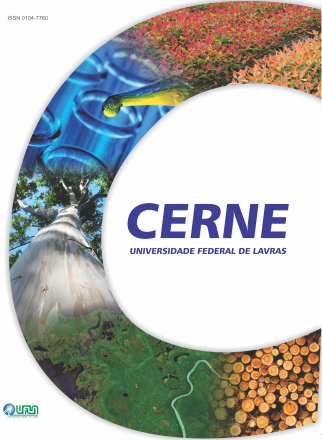AUTOMATED INDIVIDUAL TREE DETECTION IN AMAZON TROPICAL FOREST FROM AIRBORNE LASER SCANNING DATA
Cerne
AUTOMATED INDIVIDUAL TREE DETECTION IN AMAZON TROPICAL FOREST FROM AIRBORNE LASER SCANNING DATA
Autor Correspondente: Pedro Henrique Karantino Millikan | [email protected]
Palavras-chave: Automatic Processes, Brazilian Amazon Forest, Crown Delineation, LiDAR, Technology
Resumos Cadastrados
Resumo Inglês:
Light Detection and Ranging (LiDAR) derived individual tree crown attributes can potentially serve as a tool for ecology and forest dynamics studies and reduce field inventory costs. In this study, four methods of individual tree detection (ITD), Watershed, Silva et al. (2016), Dalponte and Coomes (2016), and Coomes et al. (2017), were evaluated in a tropical forest under sustainable forest management, situated in the State of Rondônia, Brazil. An automated tree matching procedure was developed in order to minimize the error when matching individual tree count from LiDAR and field data. In order to compare the four methods, results were expressed in recall, precision, and F score. Silva et al. (2016) outperformed the other methods, detecting 48% of trees with 46% of precision. Omission of trees was the leading source of error, caused primarily by overlapped trees in lower vegetation. However, errors of over-segmentation were relevant, caused by large and heterogeneous crowns that had multiple detections. Current canopy height model-based methods are ineffective to tropical forests, due to its complexity, which present a challenge for ITD algorithms. We believe that future studies that use complete 3D information from the point cloud, and multi-layer approaches should help to improve the accuracy of individual tree detection.

